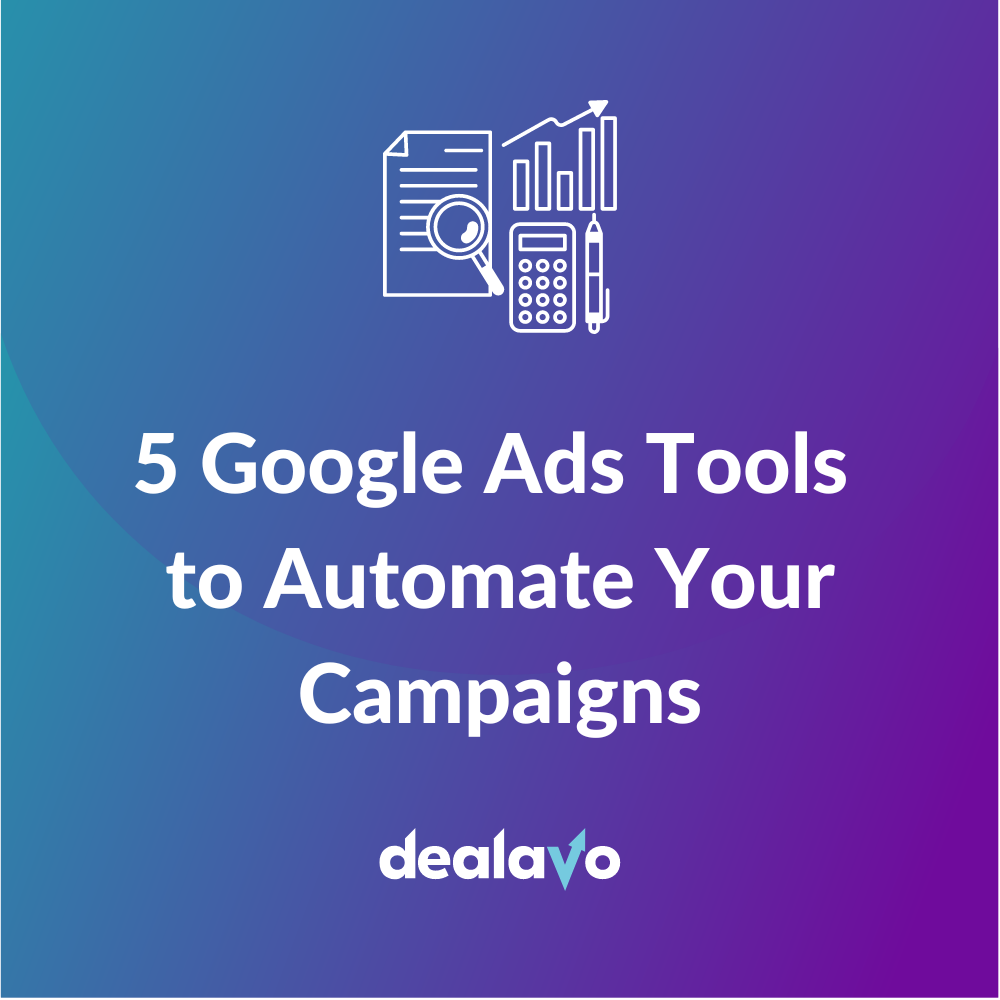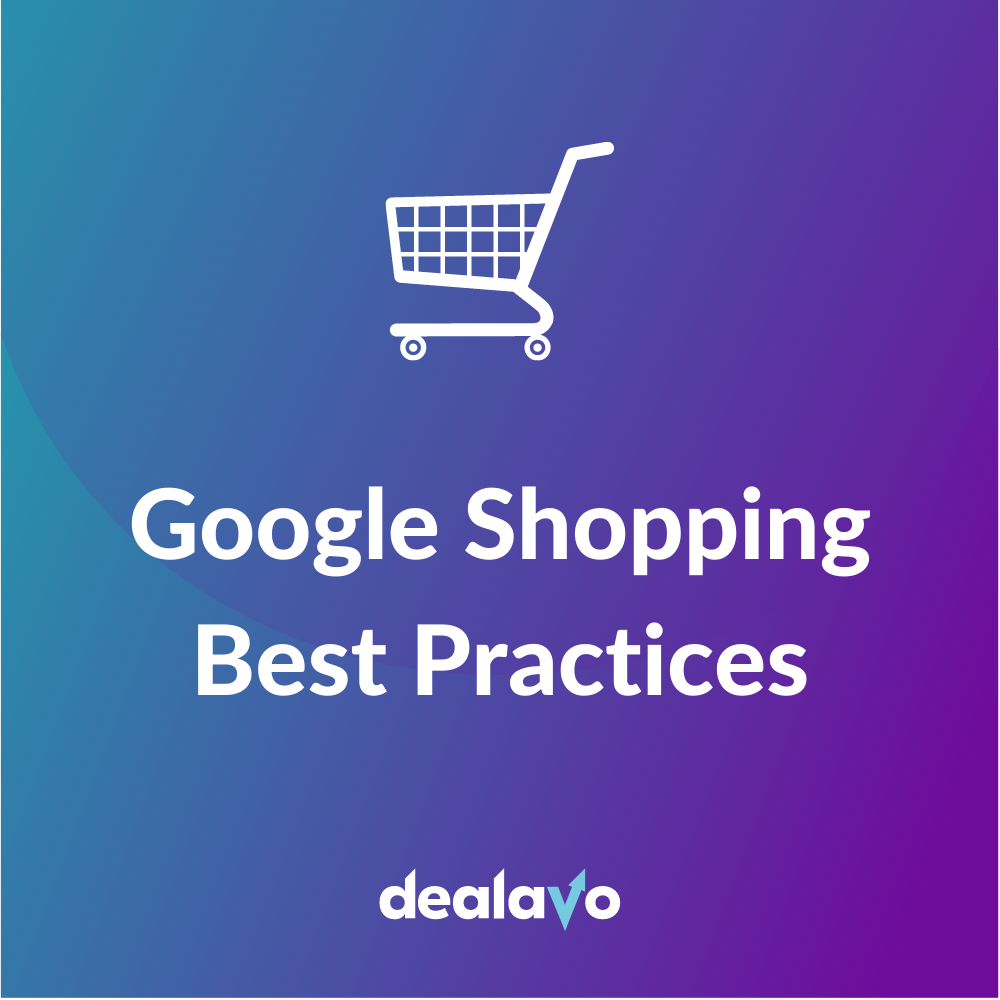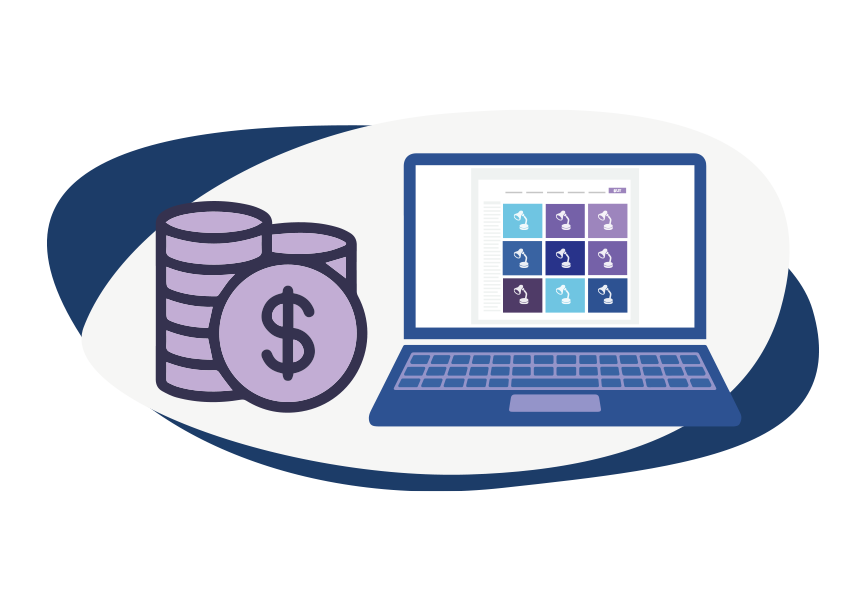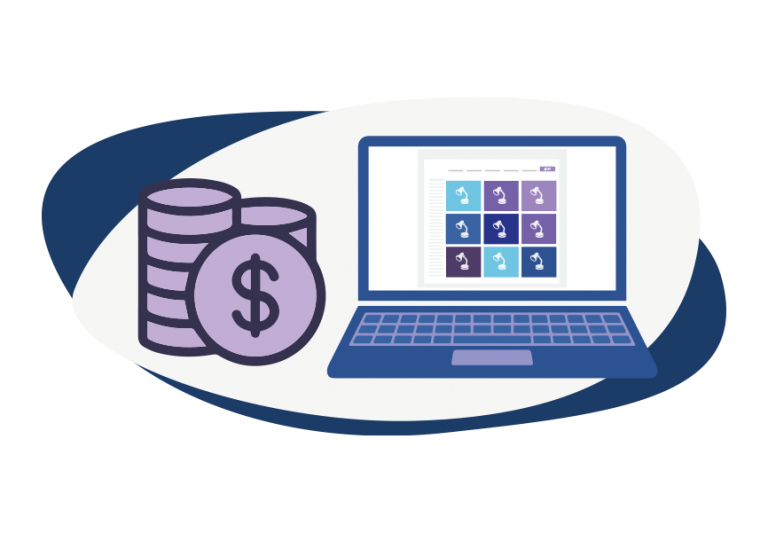The Ultimate Guide to Using Google Shopping Tools for Professionals
- 28 March 2023
How can you sell more, faster, and more effectively nowadays? The answer is simple – through the Internet. The Internet is full of all kinds of sales platforms, but Google Shopping leads the market and attracts the largest audience on each side – both online store owners/sellers and buyers.
So, if you want your business to succeed, it’s worth taking advantage of the opportunities Google Shopping, which are enormous. Armed with the right tools and knowledge, you can gain new customers, multiply your profits, and simply enjoy doing business online.
Google Shopping is a platform with which you can multiply your online sales. However, if you don’t know how to set it up – don’t worry! You’ll find the answers and practical solutions in our guide. We’ll also show you the most popular tools available, consider their advantages and disadvantages, and teach you how to measure their results. In addition, we’ll share expert tips on measuring effectiveness and adjusting promotions for optimal results.
Ready? Then let’s get started.
What is Google Shopping?
The first and most important question is – what is Google Shopping, and how does it work? Google Shopping is a user-friendly solution that simplifies the search and purchase of products from various suppliers. It allows you to create advertising campaigns that showcase your offerings on Google sites and its entities (such as YouTube). Google displays Shopping results even in standard organic results in the SERP:
Every time you type keywords, for example, vegan cosmetics, Google presents you with ads from stores offering products that match your criteria. Yes, ads, because you have to pay to display your product on such a site.
To set up a campaign, you must integrate your site with Google Merchant Center, Google Ads, and Google Analytics. These tools help you effectively manage your product feed and provide valuable insights into campaign performance.
However, these are basics available to anyone using Google Shopping. In our article, we’ll go further and show you additional tools to improve your sales.
Check out this list of tools that will help you manage your Google Shopping sales more effectively and grow your business with us.
Google Merchant Center
The first three below points are the foundations mentioned above: the tools integrated with Google Shopping. Without them, it’s impossible to run campaigns.
The first tool is Google Merchant Center, which allows merchants to manage their products and store information within Google services. The account will enable you to add and update product data so that it can be displayed in search and other Google services.
Tip: make sure your images are high quality, as this will attract customers. Moreover, Google Shopping may “refuse” to run a campaign whose product photos are of low quality.
According to the Consumer Insights of Google Shopping, “85% of respondents state that product descriptions and photos are important to them when deciding which brand or retailer to buy from”. Don’t forget about that.
The next step is to prepare the product feed, i.e., the attributes that describe the offer (name, description, price). The interface is intuitive, so you’ll quickly go through all the steps. Just be sure to follow all the commands that will appear on each sub-page of the interface.
Google Ads
As we mentioned above, Google Shopping is a paid tool that operates on a PPC (pay-per-click) basis, so you need to set up a Google Ads account to make and publish ads and link them with your main account (Google Merchant Center).
This allows you to make ad campaigns/Google Shopping campaigns, determine your budget and target audience (the people most interested in your offerings), and, importantly, you only pay when a user clicks on your ads and visits your website.
Only with Google Ads do your products appear in Google Shopping search results. This is a crucial step that allows you to increase traffic to your landing page and improve transaction and conversion results.
However, the power of data analysis is worth remembering, allowing you to understand customer behavior better and optimize your strategy.
Google Analytics
Running effective advertising campaigns is only possible with good data analysis. And this is where a solution called Google Analytics comes in handy – an analytics tool that allows you to monitor and analyze website traffic and user interactions with your website. In the context of Google Shopping, Google Analytics can track the results of ad campaigns run with Google Ads and optimize marketing strategies.
Integrating Google Analytics with Google Shopping allows you to collect and analyze data about users who clicked on product ads and were redirected to your store page. This will enable you to determine which products attract the most attention, how long users stay on the site, whether they make purchases, at what point they abandon the online shopping cart, what their preferences and behaviors are, and which traffic sources generate the most conversions.
In this way, you can also track the results of your ad campaign in real-time, allowing you to make quick adjustments and optimizations. You can also set conversion goals, track ad costs, and observe the campaign’s return on investment (ROI).
Many entrepreneurs limit themselves to the above three tools, but you can go even further and use several other options. Which ones? Check out the rest of this article.
Adobe Advertising Cloud
Google Shopping is just one of many sales channels for many people. But with many sites to supervise and care for and offline campaigns, which can be overwhelming, the first suggestion is Adobe Advertising Cloud.
Under the flag of “Adobe Advertising Cloud” are several tools that allow you to, among other things, gather all your ads in one place, better control your campaigns, faster analysis, and more efficient management.
The strength of this offering is its frequent status updates (hourly) and advanced Dynamic Creative Optimization (DCO) technology, which makes it easier to tailor creatives to audience behavior. The solutions are particularly suitable for large companies, but smaller stores should also find something to suit their needs.
The cons? The level of complexity may require working with a programmer or training on how to use it.
Sales & Orders
The potential of Sales&Order is hidden in the very name of the company/tool, which will allow you to sell better and manage advertising campaigns. It makes life much easier, but – what’s most important – it’ll enable you to reach a broader and more targeted group of potential customers. In addition, it allows you to create product data feed more efficiently (the basis of Google Shopping).
The program is easy and intuitive to use, so, in this case, you won’t need the support of a programmer, as you’ll do all the work by yourself. Another plus is that the tool can be integrated with other sales platforms, allowing you to reach potential customers even more effectively.
What about the weaknesses? There are those, too; the most important one is the functional limitation. However, there is no denying that the tool is extremely useful for small and medium-sized companies.
Dealavo ROAS Booster
Last, but perhaps one of the most important tools is ROAS Booster. Why the most important? Because it allows you to increase the return on your advertising spending (ROAS stands for return on ad spend) – so you know you’re using your budget in the best way.
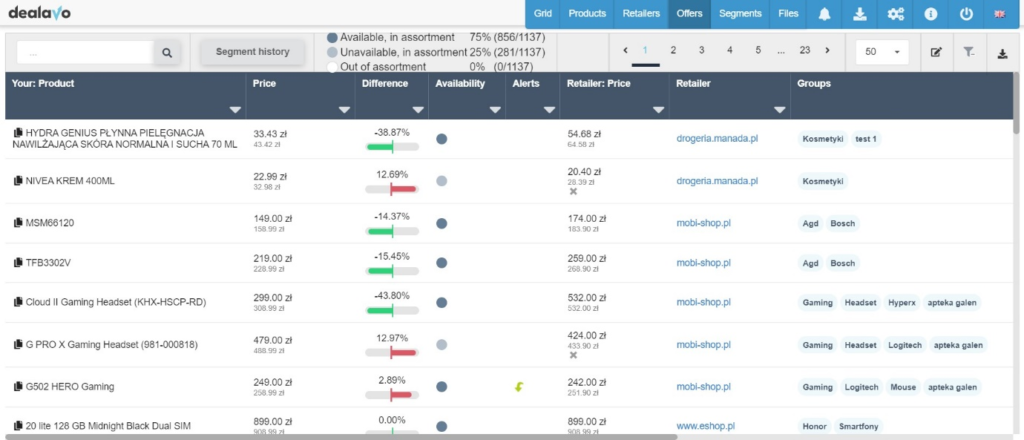
How does it work in practice? ROAS Booster automatically controls your Google ads, determining which products should be advertised. What are the criteria? For example, an attractive price compared to the competition or a good margin. Importantly, thanks to machine learning, the tool gets better every day, which is reflected in sales results.
One great example is Adrenaline.pl – a Polish sportswear store – which increased its ROAS by 29% in just one month! And this is despite a very competitive market with several big players.
Increase your ROAS by 29% in one month!
Most importantly, the tool “learns” the customer, so once you set up the initial campaign, it later manages itself, adjusting to the market situation or changes in the store (e.g., price changes). This way, you get the maximum benefit from your sales and invested funds.
However, it’s best to find out about it yourself, and we strongly encourage you to see what else ROAS Booster can do and take your business to a whole new level.
You can find more here!
